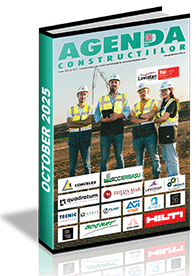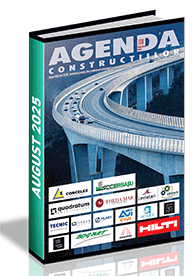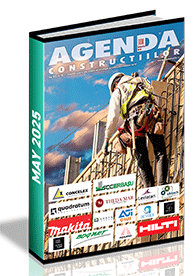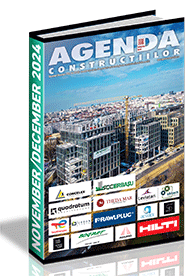| PASSIVE BUILDINGS: The geo-climatic impact on their characteristics |
| English Section Publicat de Ovidiu Stefanescu 25 Iun 2013 12:54 |
 From the historical point of view, the passive house concept was introduced and developed in Central Europe. At European level, the current available information certifies that a building has a life cycle between 50 and 100 years. According to the experts, the continental climate can develop massive change over such a period, the main cause being the way of interaction between human actions and environment. It can be assumed, therefore, that many of the currently technical data will lose accuracy, which implies the need for a flexible approach which takes into account all the above issues. In order to elaborate a pertinent study on the appropriate data, five consecutive historical periods (1960 - 1990, 2000 - 2009, 2030, 2060 and 2090), and ten cities in Europe (Stockholm, London, Paris, Seville, Bern, Berlin, Munich, Vienna, Rome and Athens) were analyzed. Data provided in the fourth official report of the IPCC (intergovernmental group on climatic changes) and three different scenarios have been taken into consideration: B1 (a minimum of two degrees Celsius decrease of temperatures during 1960 to 2100), A1B (medium changes of 3 degrees Celsius) and A2 (the increase of temperatures by 3.5 degrees Celsius over the period under review). A number of 220 possible variants was calculated, and the thermal loads were determined when the temperature remained constant for every four days. Particular attention was paid to the parameters that modulate positive or negative variation of temperature, in order to maximize the information accuracy. It should be noted that all observations were made on the basis of the behaviour of standard housing units, for which two different simulations were performed: passive house standard (PH) and the building with low power consumption (NEH). For further information and a detailed analysis of the current Agenda Constructiilor issue click here! From the historical point of view, the passive house concept was introduced and developed in Central Europe. At European level, the current available information certifies that a building has a life cycle between 50 and 100 years. According to the experts, the continental climate can develop massive change over such a period, the main cause being the way of interaction between human actions and environment. It can be assumed, therefore, that many of the currently technical data will lose accuracy, which implies the need for a flexible approach which takes into account all the above issues. In order to elaborate a pertinent study on the appropriate data, five consecutive historical periods (1960 - 1990, 2000 - 2009, 2030, 2060 and 2090), and ten cities in Europe (Stockholm, London, Paris, Seville, Bern, Berlin, Munich, Vienna, Rome and Athens) were analyzed. Data provided in the fourth official report of the IPCC (intergovernmental group on climatic changes) and three different scenarios have been taken into consideration: B1 (a minimum of two degrees Celsius decrease of temperatures during 1960 to 2100), A1B (medium changes of 3 degrees Celsius) and A2 (the increase of temperatures by 3.5 degrees Celsius over the period under review). A number of 220 possible variants was calculated, and the thermal loads were determined when the temperature remained constant for every four days. Particular attention was paid to the parameters that modulate positive or negative variation of temperature, in order to maximize the information accuracy. It should be noted that all observations were made on the basis of the behaviour of standard housing units, for which two different simulations were performed: passive house standard (PH) and the building with low power consumption (NEH). For further information and a detailed analysis of the current Agenda Constructiilor issue click here! |
ABONARE REVISTA (click aici): PROIECTE | INVESTITII | REVISTE | INDEX COMPANII
DATE DE CONTACT: Agenda Constructiilor & Fereastra - Tel/Fax: 021-336.04.16, 031-401.63.88




















































